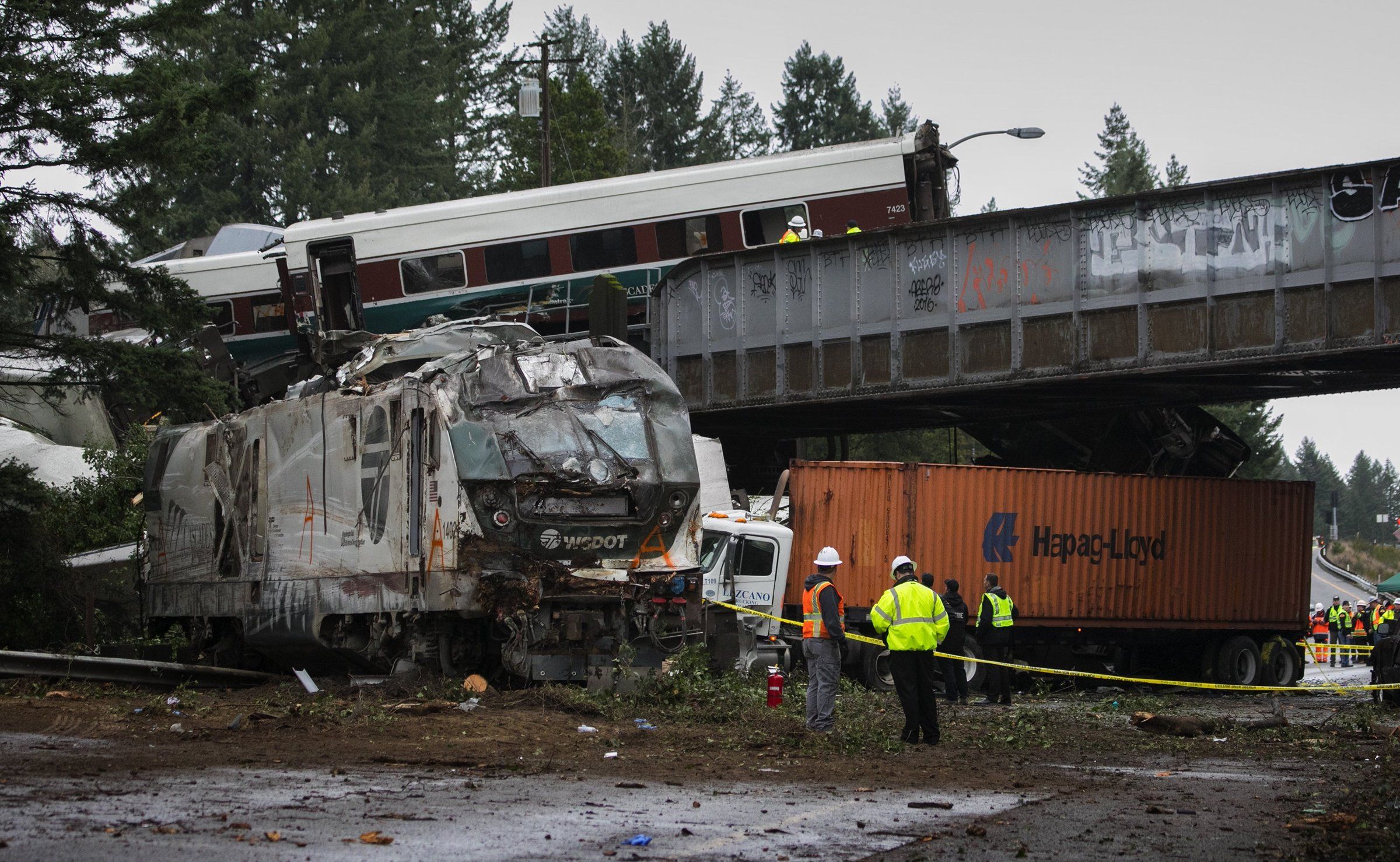Positive Train Control (PTC) is an advanced system designed to automatically stop a train before certain accidents occur. In particular, PTC is designed to prevent:
- Train-to-train collisions
- Derailments caused by excessive train speed
- Train movements through misaligned track switches
- Unauthorized train entry into work zones.
PTC will not prevent vehicle-train accidents at grade crossings, or those due to track and equipment failures.
When fully deployed, the nationwide PTC system must be able to accurately determine a train's location, direction and speed via the following process:
- An onboard computer system receives and analyzes track data from wayside locations and base-station radios along the planned route.
- This provides the locomotive engineer with advance warning of movement authority limits, speed limits and track conditions ahead, giving the engineer time to react and bring the train to a safe speed or controlled stop.
- If corrective action is not detected within the warning period, PTC automatically applies the train brakes and brings it to a controlled stop without the engineer's assistance.

